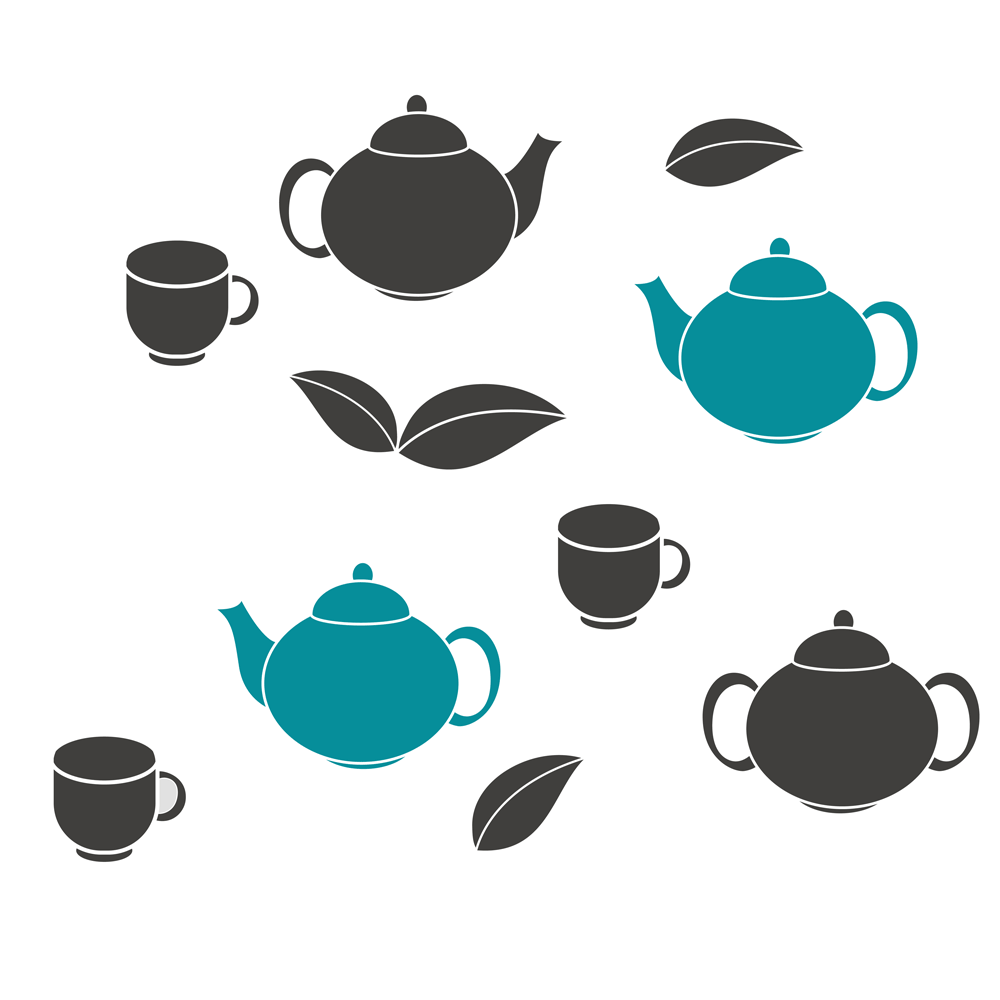Afternoon Tea is one of the nation’s favourite traditions.
Whether enjoyed in a 5-star hotel, tearoom, or as a home baked treat, the British love the combination of savoury and sweet treats, accompanied by some of the 100 million cups of tea we drink each day in the UK.
The tradition of Afternoon Tea is attributed to Anna, the 7th Duchess of Bedford, who is said to have complained of "having that sinking feeling" during the late afternoon. The solution was a pot a tea and a light snack, taken privately at first, then inviting friends to join her, until all fashionable society was sipping tea and nibbling sandwiches in the middle of the afternoon.
SOME say ‘afternoon tea’ with cakes and sandwiches, became fashionable as early as the 1740s; others claim it was the Duchess of Bedford who made this a social occasion in the 1840s, as she struggled to deal with hunger pangs ahead of dinners at around 7pm.
When the English tried to impose the 1773 Tea Act on its colonies, the Americans revolted in what became known as the Boston Tea Party. They chucked the tea into Boston harbour to avoid paying tax, and this is seen as the first step on the road to America independence.
Tea cultivation only spread to India around the 1830s; and to Ceylon as late as the 1870s, after the coffee crop there failed.
Tea prices fell dramatically at the end of the 19th century, moving tea-drinking from the exclusive domain of what we would today call the ‘chattering classes’, to all levels of society.
Through World War 1 and into the 1920s tea was promoted by temperance societies as an alternative to alcohol for the masses.
The 1920s was the heyday of tea rooms in the UK; one Cornish village we visited had 5 tea rooms in the 1920s; its last remaining tea room closed in 2010.
The first tea bags were made of silk, though the American who invented them is said to have used them just for mailing tea to his customers and didn’t realise people would use the silk bags to infuse the tea. The idea caught on in America in the 1920s and in the UK in the 1950s.


Tea prices fell dramatically at the end of the 19th century, moving tea-drinking from the exclusive domain of what we would today call the ‘chattering classes’, to all levels of society.
Through World War 1 and into the 1920s tea was promoted by temperance societies as an alternative to alcohol for the masses.
The 1920s was the heyday of tea rooms in the UK; one Cornish village we visited had 5 tea rooms in the 1920s; its last remaining tea room closed in 2010.
The first tea bags were made of silk, though the American who invented them is said to have used them just for mailing tea to his customers and didn’t realise people would use the silk bags to infuse the tea. The idea caught on in America in the 1920s and in the UK in the 1950s.
Interesting Facts about the history of tea
Did you know?
- Tea drinking began in China more than 2,000 years ago; it moved to Japan in the 6th century, but only made its way to Europe once the tea clippers began to sail under Dutch and English flags.
- That Zen Budhist monks were among the early drinkers of tea; it helped them stay awake through long hours of meditation.
- Tea was first served publicly in London in 1657, but it was sold in a coffee house (Garways, near where the London Stock Exchange is today)
- Tea was always closely associated with medicine, being part of 17th century doctors’ training, and often marketed as a cure-all for many ailments.
- Samuel Pepys wrote in 1667 of tea being good for his wife’s “cold and defluxions.”
- In the early 1700s, tea began to replace ale as a breakfast drink.

